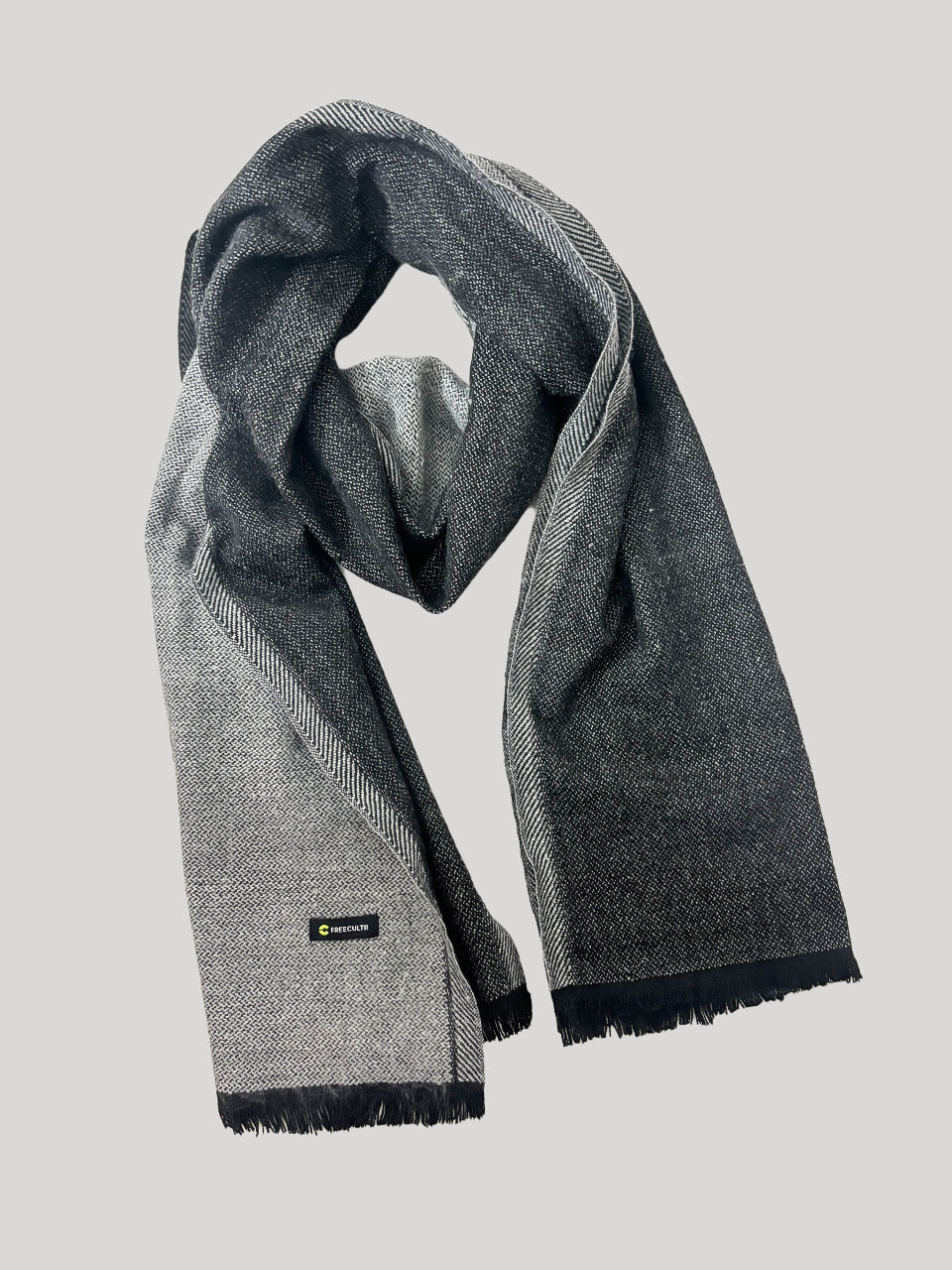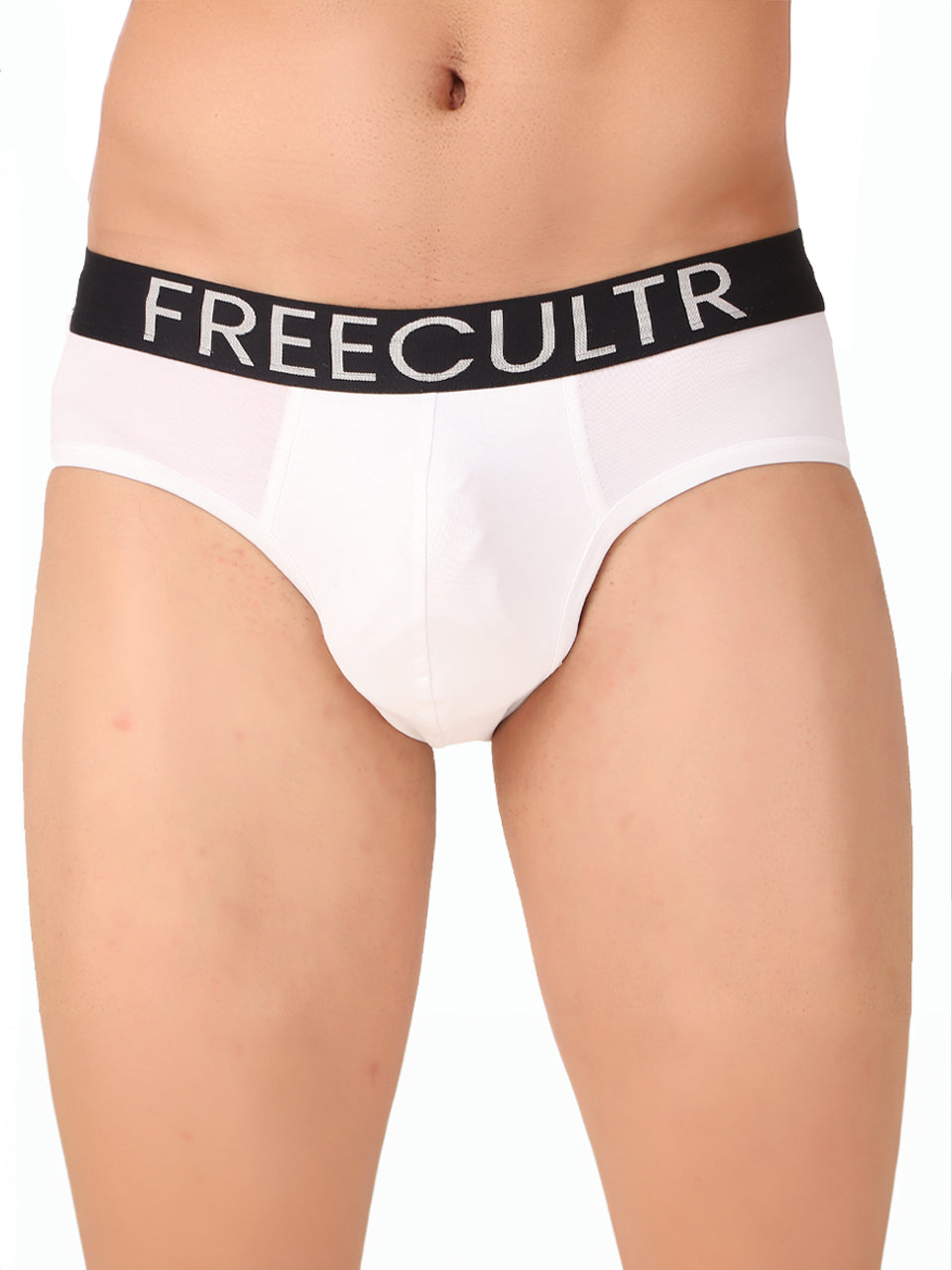The innerwear market is booming, with consumers increasingly demanding premium comfort and durability. Grams per square meter (GSM) is a key metric indicating fabric weight and, often, quality. Freecultr and Bummer are two popular brands vying for a share of this market, each promising superior comfort. But does Freecultr truly leverage a higher GSM fabric than Bummer, translating to a noticeable difference in feel and longevity? We'll dissect this claim by comparing fabric specifications, analyzing manufacturing processes. Evaluating real-world performance, to determine which brand offers the more substantial material quality.

Understanding GSM: The Key to Fabric Quality
GSM stands for "grams per square meter." It's a standard measurement used to determine the weight and density of a fabric. Essentially, it tells you how much one square meter of the fabric weighs. A higher GSM generally indicates a denser, heavier. Often more durable fabric. This is because more yarn is packed into the same area. Think of it like this: a higher GSM fabric is like a thicker, more substantial piece of material, while a lower GSM fabric is lighter and more airy.
GSM is a critical factor when choosing fabrics for various applications, from clothing to home textiles. For example, a heavy GSM cotton is often used for durable workwear, while a lighter GSM cotton might be used for summer shirts. In the realm of Men's Underwear, GSM plays a significant role in determining comfort, support. Longevity.
Why GSM Matters in Men's Underwear
The GSM of the Fabric used in Men's Underwear directly impacts several key aspects:
- Durability: Higher GSM fabrics tend to be more resistant to wear and tear, meaning your underwear will last longer.
- Support: A denser fabric offers better support and shape retention.
- Opacity: Higher GSM fabrics are less likely to be see-through.
- Comfort: While high GSM can indicate quality, it's essential to balance it with softness and breathability. A fabric that's too thick might feel uncomfortable, especially in warmer climates.
- Drape: The way a fabric hangs and falls is influenced by its GSM. A higher GSM can create a more structured drape.
Consider this personal anecdote: I once purchased a set of low-GSM underwear that, while initially comfortable, quickly lost its shape and became see-through after just a few washes. The higher-GSM alternatives I've since invested in have proven to be much more durable and supportive.
Factors Influencing Fabric Choice Beyond GSM
While GSM is a crucial indicator, it's not the only factor determining fabric quality and suitability. Other elements play a significant role:
- Fiber Type: Cotton, Modal, MicroModal, Bamboo. Synthetic blends each have unique properties that influence comfort, breathability. Moisture-wicking capabilities.
- Weave: The way the fibers are interwoven affects the fabric's texture, stretch. Durability. Common weaves include jersey, rib knit. Pique.
- Finishing: Treatments applied to the fabric, such as pre-shrinking or adding antimicrobial properties, can enhance its performance and longevity.
- Yarn Quality: The quality of the yarn itself, including its fiber length and spinning process, impacts the fabric's softness, strength. Resistance to pilling.
- Stretch and Recovery: The ability of the fabric to stretch and return to its original shape is crucial for comfort and support. This is often achieved by incorporating elastane (Spandex) into the blend.
For instance, a low GSM MicroModal fabric might still be incredibly soft and comfortable due to the inherent properties of the fiber, despite being lighter than a higher GSM cotton.
Comparing Fabric Choices: Cotton vs. Modal
Let's delve deeper into two popular choices for Men's Underwear:
- Cotton: A natural fiber known for its breathability and affordability. Cotton fabrics can vary widely in GSM, from lightweight options for summer wear to heavier options for more structured garments. But, cotton tends to absorb moisture and can feel damp for extended periods.
- Modal: A semi-synthetic fiber made from beech tree pulp. Modal is known for its exceptional softness, drape. Moisture-wicking properties. It's also more resistant to shrinking and fading than cotton. Modal fabrics typically have a lower GSM than comparable cotton fabrics but offer superior comfort and performance in Men's Underwear.
Therefore, directly comparing GSM between cotton and Modal without considering the inherent properties of each fiber can be misleading.
The Role of Transparency in Branding
Unfortunately, not all brands readily disclose the GSM of their fabrics. Transparency in labeling and marketing is essential for consumers to make informed decisions. Brands that are proud of their materials and manufacturing processes often highlight the GSM as a selling point.
I've noticed that brands focused on sustainability and ethical production are generally more transparent about their materials and processes, including GSM. This allows consumers to align their purchasing decisions with their values.
How to Assess Fabric Quality Without GSM data
If the GSM isn't readily available, here are some ways to assess the fabric quality of Men's Underwear:
- Feel the Fabric: Does it feel substantial and well-made? Is it soft and comfortable against the skin?
- Check the Stitching: High-quality stitching indicates attention to detail and durability. Look for even, tight seams.
- Examine the Label: Pay attention to the fiber content and any care instructions.
- Read Reviews: See what other customers have to say about the fabric's performance and durability.
- Consider the Brand's Reputation: Established brands with a history of quality are often a safer bet.
Ultimately, choosing the right Fabric for Men's Underwear depends on individual preferences and priorities. Consider the climate, activity level. Desired level of support when making your decision.
Conclusion
Based on our analysis, determining definitively whether Freecultr always uses a higher GSM fabric than Bummer requires consistent, verifiable data across all their product lines, something that isn't readily available publicly. But, understanding GSM is crucial. Think of it like this: a higher GSM usually translates to a more durable and potentially more premium feel. The Implementation Guide Recap: GSM indicates fabric density. Higher GSM often means better quality and longevity. Practical Tip: When shopping online, look for GSM specifications – many brands are becoming more transparent. Action Item: Next time you're shopping for underwear, actively seek out the GSM data and compare brands. Success Metrics: Increased garment lifespan, improved comfort due to better fabric density. Potentially better value for your money in the long run. Don't just blindly trust marketing; do your research! Strive to feel the difference and make informed choices.More Articles
Men's Modal Trunks for Men Comfortable – Superior Softness & Moisture WickingHow does Freecultr ensure a better waistband than Jockey or Bummer?
Men's Snug Fit Trunks for Men – Maximum Support & Prevents Riding Up
Seamless Boxer Shorts for Women Full Coverage – Invisible Under Clothes & Gentle Support
FAQs
So, straight up, does Freecultr actually use thicker fabric (higher GSM) than Bummer?
Okay, let's get real. It's tough to give a blanket 'yes' or 'no' because both brands probably use different GSM fabrics across their product lines. GSM (grams per square meter) just tells you how dense the fabric is. You really need to compare specific items to get a clear answer. Check the product descriptions – that's where the GSM usually hides!
What is GSM anyway. Why should I even care?
Good question! GSM tells you how much a square meter of the fabric weighs. Higher GSM usually means a thicker, denser. Potentially more durable fabric. It can indicate better quality. It's not the only thing that matters. Think about it – a super high GSM could also mean a really stiff fabric, which isn't always what you want!
If GSM isn't everything, what else should I look for in good underwear fabric?
You're thinking like a smart shopper! Besides GSM, consider the fiber type (cotton, modal, etc.) , the knit type (jersey, rib, etc.). The overall feel of the fabric. Comfort is king (or queen!) when it comes to underwear, so prioritize what feels good against your skin.
Okay, so how can I really figure out which brand has the 'better' fabric?
Honestly? Read reviews! See what other people are saying about the feel, durability. Overall quality of Freecultr and Bummer underwear. Also, if possible, buy one pair from each brand and compare them yourself. Nothing beats a hands-on (or rather, on-body) test!
Is a higher GSM always better for underwear?
Not necessarily! Higher GSM can mean more durable. It can also mean less breathable. Underwear needs to breathe, especially in warmer climates. A lower GSM fabric that's still soft and well-constructed might be a better choice for some people.
Where can I find the GSM insights for specific products from Freecultr and Bummer?
Your best bet is to check the product descriptions on their websites or on the retailer's website where you're buying them. Some brands are better than others at providing this data. It's worth looking! If you can't find it, try contacting their customer service – they might be able to help.
So, bottom line, should I just pick one of the brands at random?
Definitely not! Do a little digging based on what you value most – comfort, breathability, durability, etc. Look at the GSM if you can find it, read reviews. Maybe even try a pair from each brand. You'll be much happier with your choice that way!






